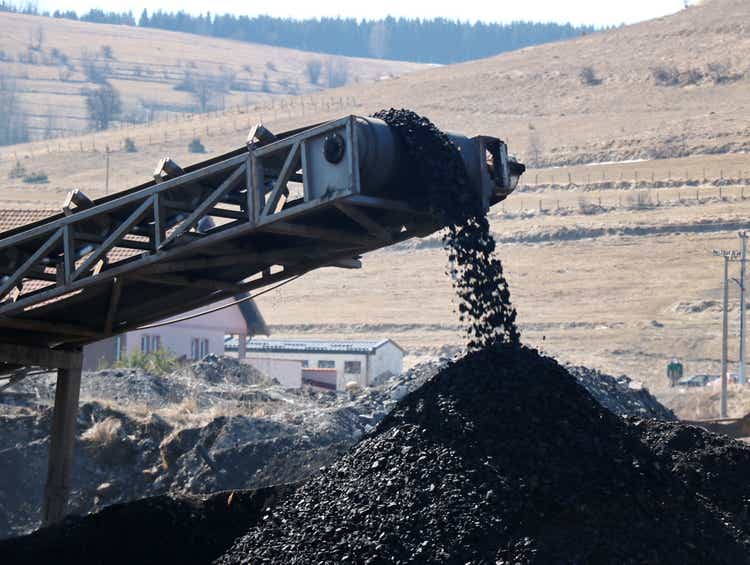
Photo by keni1/iStock via Getty Images
Uncertainty strikes as the Port of Baltimore, a crucial artery for coal exports in the U.S., experiences disruption. The Energy Information Administration (EIA) responded decisively on Tuesday, slashing its previous forecasts for April and May coal shipments in the wake of the recent collapse of the Francis Scott Key Bridge.
The EIA had originally projected a modest uptick of around 1% in coal exports for the year, estimating shipments at 100.8 million tons. However, the unfortunate turn of events has compelled the agency to revise this outlook downward by a substantial 6%, now anticipating exports to hit 94.5 million tons. The fallout from the bridge collapse coupled with the subsequent port closure has cast a shadow of doubt over the energy sector’s export capabilities.
“As the U.S. navigates these choppy waters, optimism remains anchored to the possibility of a gradual resurgence in coal exports towards the latter part of summer or the early months of fall. Yet, this timeline hinges on the clarity surrounding the reopening of the impacted port,” the EIA remarked cautiously.
In recent times, fuel preferences in domestic utilities have shifted towards cleaner alternatives, steering the spotlight onto international markets as a lifeline for U.S. companies reliant on coal exports. Notably, the Port of Baltimore, which represented approximately 28% of U.S. coal exports in the previous year, serves as a vital conduit for outbound shipments.
Certain equities that might feel the ripples of this setback include Consol Energy (NYSE:CEIX), Ramaco Resources (METC), Alpha Metallurgical Resources (AMR), Warrior Met Coal (HCC), Arch Coal (ARCH), Peabody Energy (BTU).





